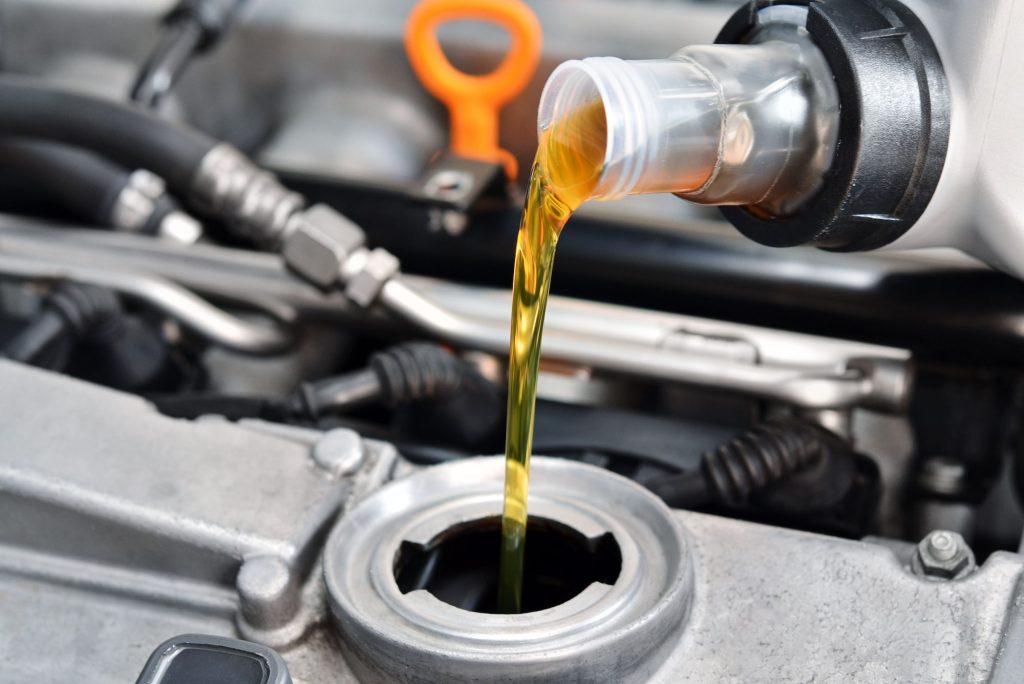Road Trip Ready: Sterling’s Checklist for Reliable Auto Parts
Embarking on a road trip is a thrilling adventure, but ensuring your vehicle is ready for the journey is paramount. At Sterling, where a commitment to quality resold auto parts defines our legacy, we understand the importance of a reliable vehicle. Our checklist for road trip readiness goes beyond the basics, focusing on key components that contribute to a smooth and trouble-free travel experience.
First on the checklist are brakes – the unsung heroes of road safety. Sterling offers a curated selection of top-tier brake components sourced from reputable manufacturers. Ensuring your brake pads, rotors, and calipers are in optimal condition is not just a matter of safety; it’s a promise of reliability when navigating diverse terrains on your road trip. Brake inspections and timely replacements are fundamental steps to guarantee responsive and efficient braking, instilling confidence in every driver.
Next up is the clutch system, an often-overlooked yet integral component for manual transmissions. Sterling’s commitment to quality extends to our resold clutch kits, offering durability and precision for smooth gear changes. As part of the road trip checklist, evaluating the clutch’s wear and tear ensures a seamless driving experience. A properly functioning clutch not only enhances performance but also minimizes the risk of unexpected breakdowns on the road.
Suspension components play a vital role in providing a comfortable and controlled ride, especially during extended journeys. Sterling’s range of resold suspension parts, from shocks to struts, is curated to meet stringent quality standards. A thorough inspection of these components contributes to a stable and enjoyable ride, mitigating the impact of uneven road surfaces and enhancing overall driving comfort.
In the context of a road trip, the cooling system becomes paramount. Sterling’s selection of radiators and cooling system components ensures your engine remains at the optimal temperature, preventing overheating during long drives. Regular checks and maintenance of the radiator, thermostat, and coolant levels are essential to avoid any unexpected engine issues that could disrupt your journey.
Powering through diverse landscapes requires a reliable and responsive engine. Sterling’s resold engine components, from spark plugs to air filters, are sourced from trusted manufacturers. Regular engine checks, including oil changes and filter replacements, are integral to maintaining optimal engine performance and fuel efficiency, essential factors for a successful road trip.
Lighting and electrical components are often overlooked until an issue arises. Sterling’s range includes resold bulbs, fuses, and wiring components to ensure your vehicle’s lighting and electrical systems function seamlessly. A pre-road trip check of headlights, taillights, and turn signals guarantees visibility and safety, especially during night drives.
Tires are your vehicle’s direct contact with the road, and Sterling’s selection of resold tires caters to various driving conditions. Before hitting the road, inspect tire tread depth, ensure proper inflation, and check for any signs of damage. Well-maintained tires not only enhance safety but also contribute to fuel efficiency.
In addition to these components, it’s crucial to carry a basic toolkit, spare parts, and essential fluids on your road trip. Sterling’s checklist emphasizes proactive maintenance, empowering drivers to address minor issues before they escalate. A well-prepared vehicle not only enhances safety but also allows you to focus on the joy of the journey, knowing your auto parts are road trip ready.
As you gear up for your next adventure, trust Sterling’s checklist for reliable auto parts to be your guide. Our commitment to quality resold components ensures that you can hit the road with confidence, knowing your vehicle is equipped for the challenges ahead. Whether it’s the open highways or winding coastal roads, Sterling is your partner for a seamless and enjoyable road trip experience.
Road Trip Ready: Sterling’s Checklist for Reliable Auto Parts Read More »
 NZD
NZD
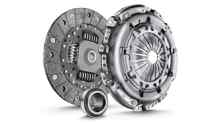
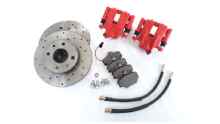
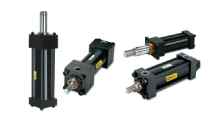
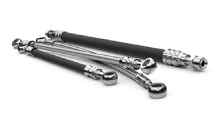
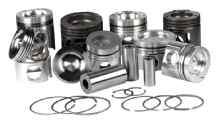
.jpg)
.jpg)
.jpg)
.jpg)

.jpg)
.jpg)






